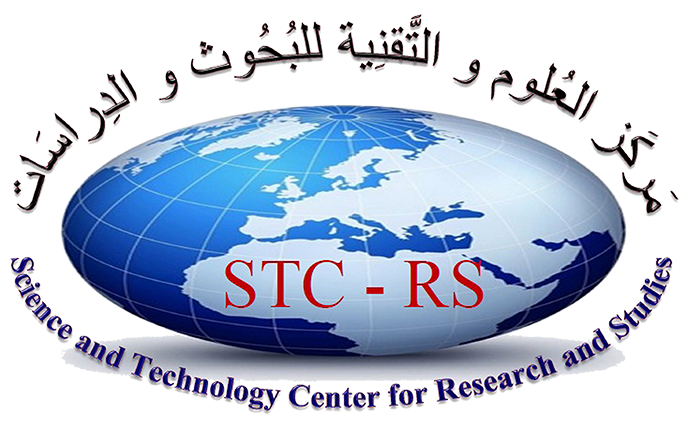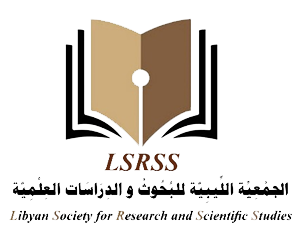 مجلة مفتوحة الوصول
مجلة مفتوحة الوصول
المجلة الدولية للعلوم والتقنية
International Science and Technology Journal

ISSN: 2519-9854 (Online)
ISSN: 2519-9846 (Print)
مجلة علمية محكّمة تهتم بنشر البحوث والدراسات في مجال العلوم التطبيقية، تصدر دورياً تحت إشراف نخبة من الأساتذة
ينشرها

تحت إشراف

Comparative Analysis of Optimal vs. Adequate Structural Design in Sustainable Construction
| الباحث(ون): | |
|---|
| المؤسسة: | School of Applied Sciences and Engineering, Academy for Postgraduate Studies |
|---|
| المجال: | التقنيات المدنية و الإنشائية و الهندسة المعمارية |
|---|
| منشور في: | العدد الخامس و الثلاثون - أكتوبر 2024 |
|---|
الملخص
أصبحت الحاجة المتزايدة إلى البناء المستدامة تستدعي إعادة تقييم أساليب التصميم التقليدية لصالح منهجيات أكثر استيدامة. يقدم هذا البحث تحليلًا مقارنًا بين التصميم الهيكلي الأمثل والتصميم الماسب في سياق البناء المستدام. يركز البحث على دراستي حالة: مبنى تجاري مصمم بشكل مستدام ومتقدم (مركز بوليت) ومبنى سكني تقليدي متوسط الارتفاع في شيكاغو. يبين البحث تأثير الفلسفات التصميمية المختلفة على كفاءة المواد والبصمة البيئية والأداء الاقتصادي ورضا المستخدمين من خلال تقييمات دورة الحياة (LCA) وتحليلات الطاقة لدورة الحياة (LCEA)، يقيس البحث فوائد التصميم الأمثل الذي يدمج مواد متقدمة وأنظمة طاقة متجددة وتقنيات حفظ المياه. تظهر النتائج أن التصميم الأمثل، رغم تكلفته الأولية الأعلى، يقلل بشكل كبير من تكاليف التشغيل طويلة الأجل والتأثير البيئي، ويحقق حالة صافي صفر للطاقة، ويحسن بشكل كبير رفاهية المستخدمين. في المقابل، يظهر المبنى التقليدي، الذي يلتزم بممارسات التصميم القياسية، طاقة متجسدة أعلى، وتدهورًا بيئيًا أكبر، ومستوى رضا أقل للمستخدمين. يخلص البحث إلى أن التصميم المباني الأمثل ليس فقط أكثر استدامة ولكنه أيضًا اقتصاديًا على مدار عمر المبنى. ويؤكد على أهمية دمج الاستدامة منذ المراحل الأولى للتصميم لتحقيق فوائد بيئية واقتصادية عالية. ......................
الكلمات المفتاحية:............ البناء المستدام، التصميم الأمثل، التصميم المناسب، أداء المباني، الطاقة المتجسد، التأثير البيئي، الجدوى الاقتصادية، كفاءة المواد.
Abstract
The growing urgency for sustainable construction practices has necessitated a reevaluation of traditional design approaches in favor of more environmentally responsible methodologies. This paper presents a comparative analysis between optimal and adequate structural design within the context of sustainable construction. Focusing on two case studies—a cutting-edge, sustainably designed commercial building (the Bullitt Center) and a conventional mid-rise residential building in Chicago—the research explores how different design philosophies impact material efficiency, environmental footprint, economic performance, and occupant satisfaction.Through detailed life cycle assessments (LCA) and life cycle energy analyses (LCEA), the study quantifies the advantages of optimal design, which integrates advanced materials, renewable energy systems, and water conservation technologies. The findings demonstrate that while optimal design requires a higher initial investment, it significantly reduces long-term operational costs and environmental impact, achieving a net-zero energy status and greatly improving occupant well-being. In contrast, the conventional building, which adheres to standard design practices, exhibits higher embodied energy, greater environmental degradation, and lower occupant satisfaction.The paper concludes that optimal structural design is not only more sustainable but also economically viable over the building's life span. It emphasizes the importance of integrating sustainability from the earliest stages of design to achieve meaningful environmental and economic benefits. The study calls for the adoption of policy incentives and advanced modeling tools to facilitate the widespread implementation of optimal design principles in the construction industry............................
Keywords:............. Sustainable Construction, Optimal Structural Design, Adequate Design, Building Performance, Embodied Energy, Environmental Impact, Economic Viability, Material Efficiency



